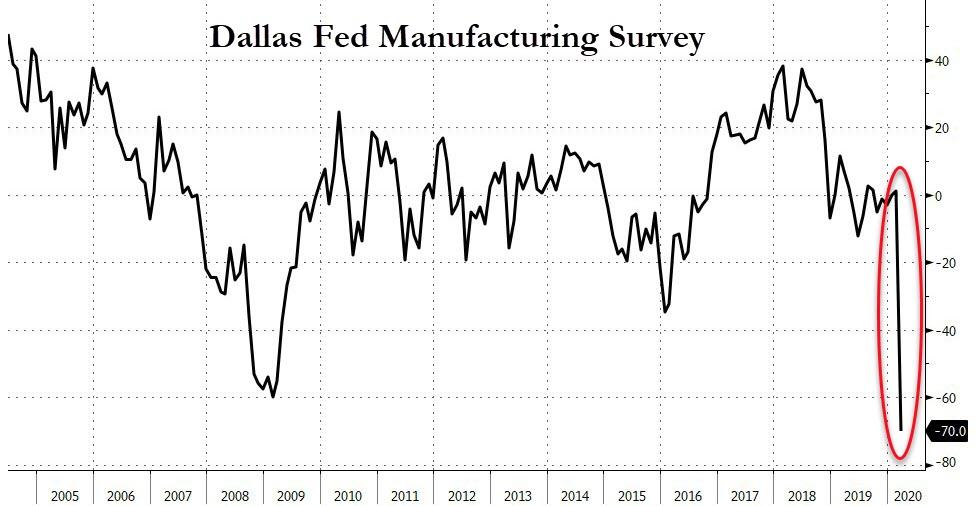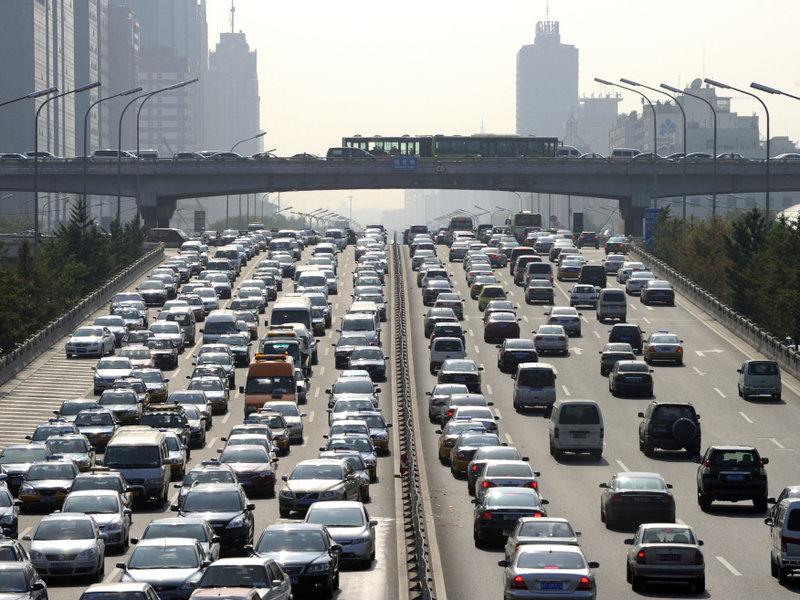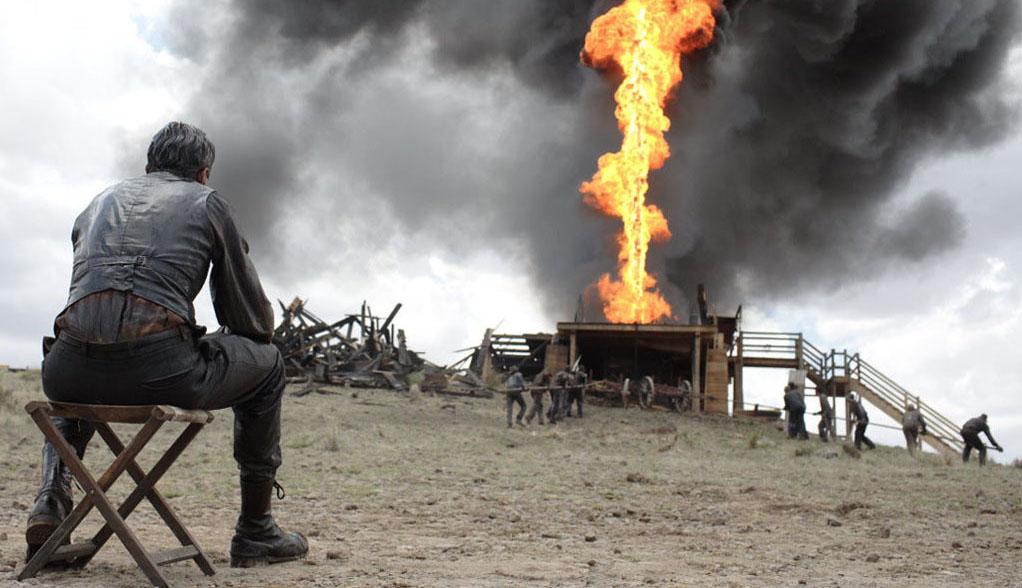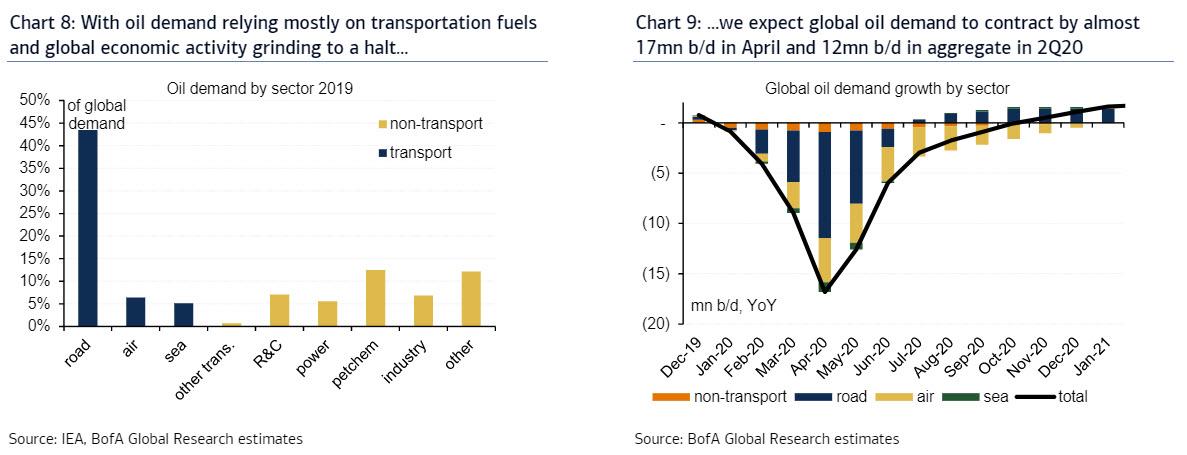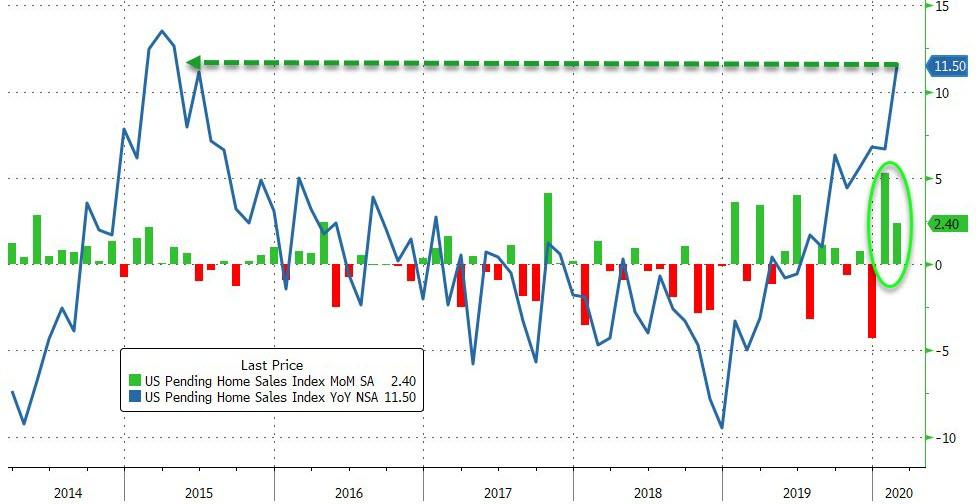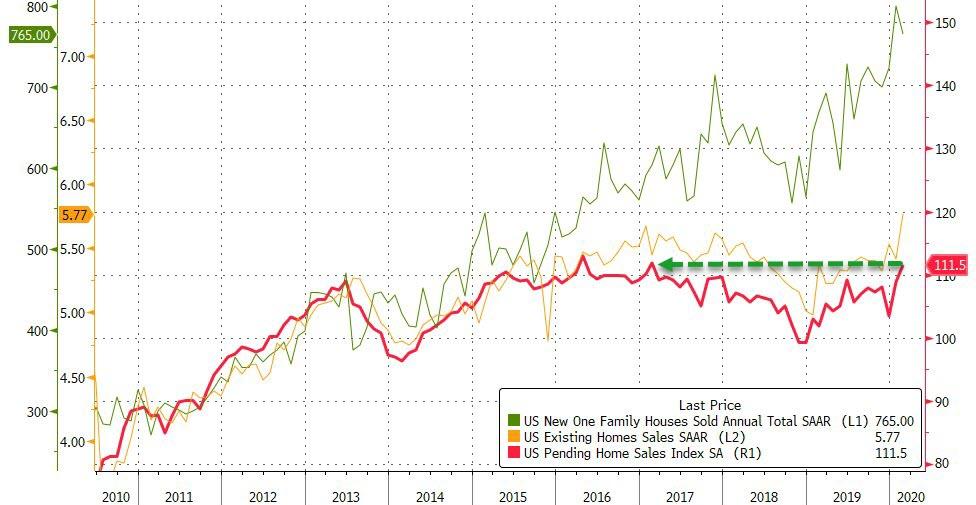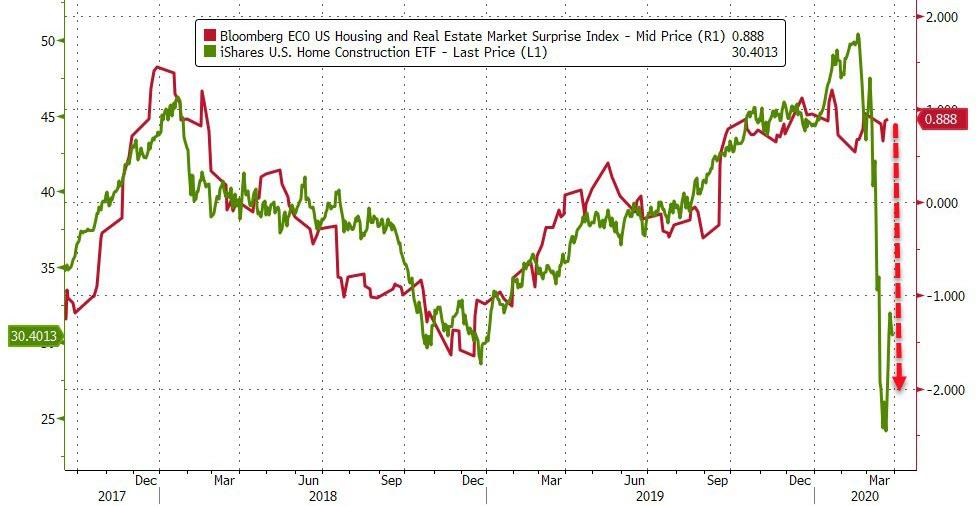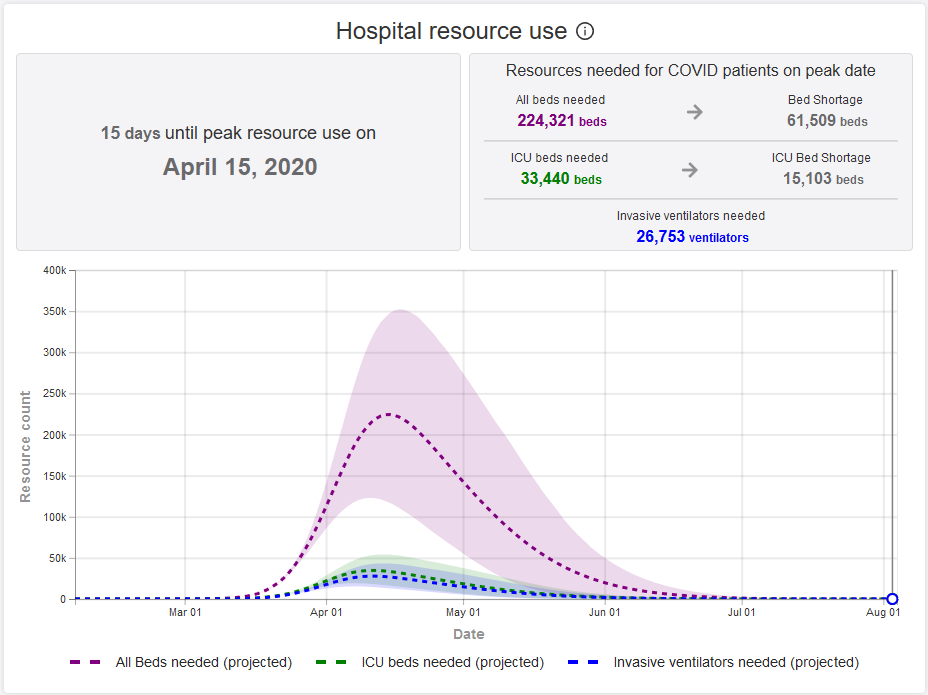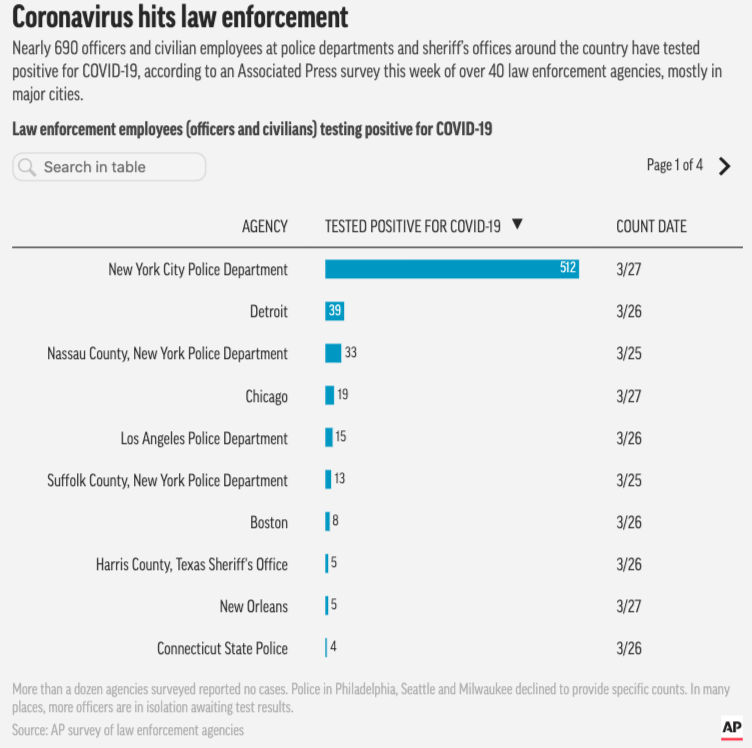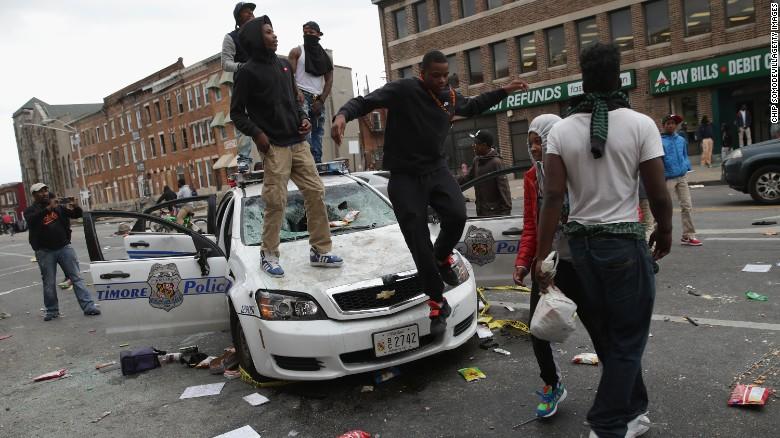If, like me, you’ve received not one but three mailings from the U.S. Census Bureau proclaiming “Your Response Is Required By Law,” you’re probably wondering whether to respond, toss the questionnaire in the trash, or fill it with bogus information. We’re in good company, since about a third of households plan to ignore the census, according to the government itself.
In the past, I’ve filled in preposterous answers, then repeated them with a straight face when a harried-looking census field worker knocked on my door (that’s a pleasure I’ll miss this year, with in-person interviews suspended). It’s good fun, it denies potentially dangerous information to a government agency that has a history of misusing the data it collects and, if repeated far and wide, it might spur nosy bureaucrats to try something less intrusive.
Less intrusive would be nice. Census questions, you may have noticed, go a bit beyond the simple head count authorized by the Constitution. Article 1, Section 2 of the Constitution specifies an “actual Enumeration … within every subsequent Term of ten Years, in such Manner as they shall by Law direct.”
There’s nothing in there about demanding names, the types of our homes, the nature of our relationships with the people with whom we live, our ethnicity, or the details of our finances (if you were unlucky enough to get the old long form or the modern American Community Survey). That’s all just bureaucratic curiosity.
Our answers are supposed to be confidential.
“The Census Bureau cannot release any identifiable information about you, your home, or your business, even to law enforcement agencies. The law ensures that your private data is protected and that your answers cannot be used against you by any government agency or court,” the Census Bureau website assures us.
If only that were true. In reality, laws change, and governments use information however they please once they have it—sometimes in nasty ways.
“Despite decades of denials, government records confirm that the U.S. Census Bureau provided the U.S. Secret Service with names and addresses of Japanese-Americans during World War II,” Scientific American reported in 2007. “The Census Bureau surveys the population every decade with detailed questionnaires but is barred by law from revealing data that could be linked to specific individuals. The Second War Powers Act of 1942 temporarily repealed that protection to assist in the roundup of Japanese-Americans for imprisonment in internment camps in California and six other states during the war.”
More recently, “the Census Bureau provided neighborhood data on Arab-Americans to the U.S. Department of Homeland Security in 2002,” the article added.
So when the Census Bureau frets that “fewer than seven in ten householders said they intend to fill out the census form,” with many Americans citing “privacy concerns, fear of repercussions, and general distrust of government,” you’re looking at self-inflicted wounds. The Census Bureau worked hard to earn that distrust.
Fortunately, there’s a game plan for dealing with a hostile population that refuses to answer nosy questions posed by government workers. Even before the U.S. Census Bureau alienated the public, its Dutch counterpart, Statistics Netherlands, managed to do the same. As a result, people stopped responding and the Dutch government had to find a solution.
“The last traditional census in the Netherlands, in 1971, met with many privacy objections against the collection of integral information about the population living in the Netherlands,” according to Eric Schulte Nordholt of Statistics Netherlands, writing in 2015. “This increased the non-response problem, and non-response was expected to be even higher if another traditional census were to be held in the Netherlands.”
With questionnaires increasingly ignored, Statistics Netherlands stopped bugging people and switched to using publicly available data along with samples and statistical adjustments.
While head counts in the Netherlands are now less intrusive than the old census, not everything the Dutch do translates to the American context. Statistics Netherlands relies on standardized population registers that don’t exist in the United States, and would be difficult—justifiably so, I think—to impose on a mobile and distrustful population. People worried about the abuse of data collected every 10 years aren’t going to want to continuously update their whereabouts with Big Brother.
But government has plenty of information on us as it is, from its own records and from private sources. The Census Bureau is already considering “starting the 2030 Census with an ‘in-office’ enumeration of the population using existing government administrative records,” reveals a 2016 report. Between Social Security and the Internal Revenue Service, 90 percent or more “of the U.S. population could be located.”
The Census Bureau would then fill in the gaps as needed. That approach may turn out to be more accurate than a traditional census faced with growing noncompliance and deliberately misleading responses.
As for the interesting questions about finances, ethnicity, and plumbing that the Census Bureau likes to add to the authorized tally… I could point out that the government is only supposed to count us, not interrogate us. But the Census Bureau concedes that most of the information it wants exists in government records, if only it would look.
Figuring out how many Americans there are based on existing administrative records may not only be more accurate than the old-style census, it would likely be a lot cheaper.
“A register-based census costing less than 1 percent of a traditional census is not exceptional,” points out Nordholt of Statistics Netherlands. “A traditional census in the Netherlands would cost a few hundred million euros, while with this method it costs ‘only’ around 1.4 million euros.”
Elsewhere, Statistics Netherlands reveals that the total staff required for the 2011 census was 15 people.
A national head-count based on administrative records would not only be less intrusive, cheaper, and closer to constitutional intent than old-style questionnaires; it would also be safer. Census workers would never again have to go door-to-door in a world that will probably retain concerns about contagion even after the COVID-19 pandemic passes.
Was the guy at the last house coughing because he was sick or just to needle an unwelcome visitor? That won’t be a concern for bureaucrats working desks rather than pounding pavement.
So, if you’re worried at all, toss away that census form or fill it with nonsense with a clear conscience. You’re helping to push the feds to count us in a less annoying way.
from Latest – Reason.com https://ift.tt/2UqFAnk
via IFTTT
